SOUND TREATMENT AND PROOFING
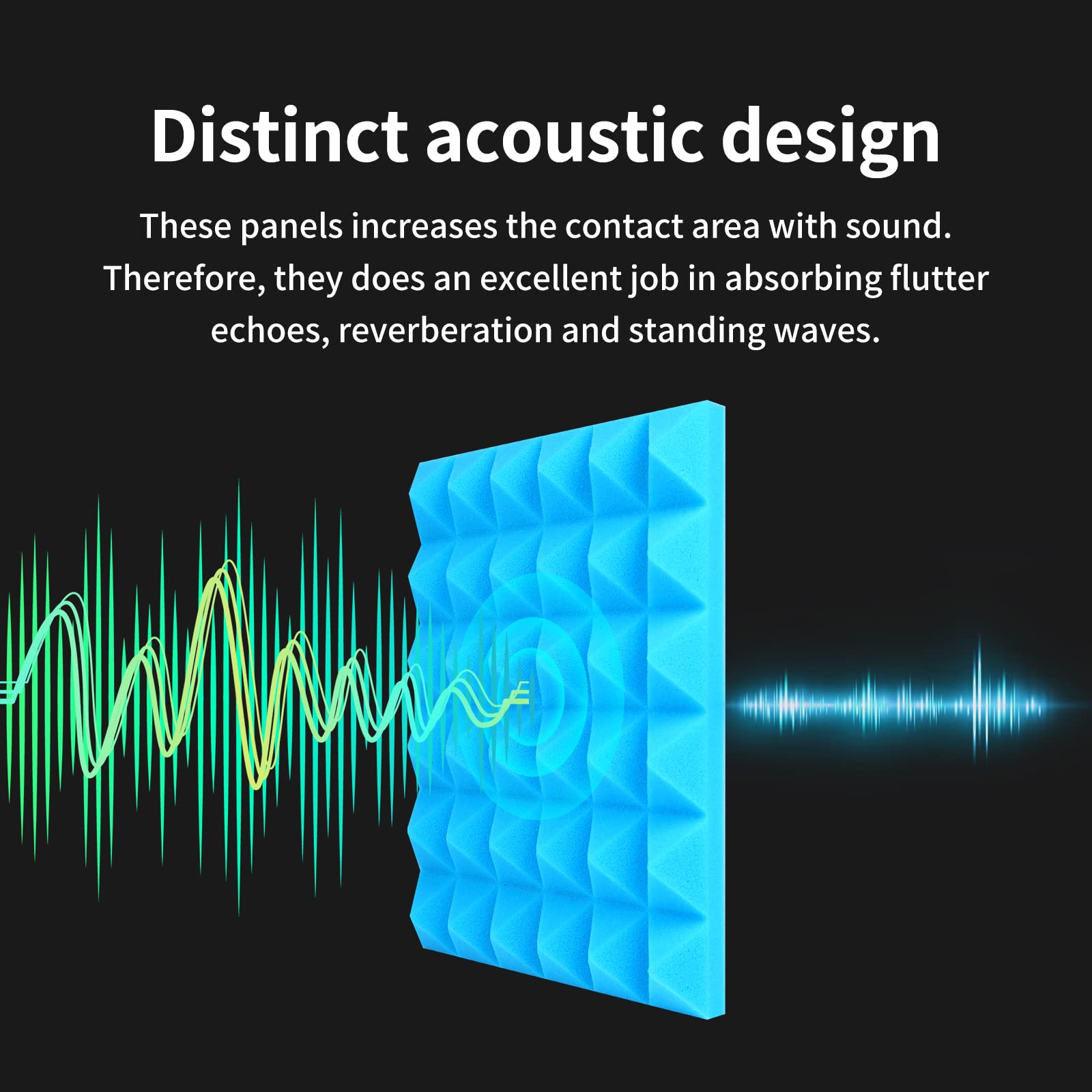
Improve Sound Quality and Reduce Noise
Ideal for:
- Home theaters
- Recording studios
- Music practice rooms
- Offices
- Conference rooms
Key Benefits:
- Excellent sound absorption
- Reduces noise pollution
- Improves sound clarity
- Easy to install
- Durable and long-lasting
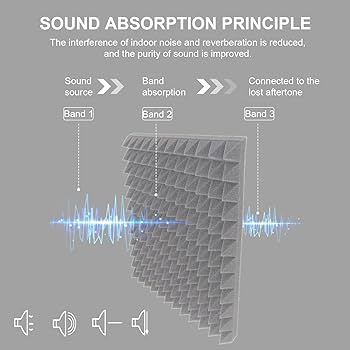
How Panels Work
Acoustic Foam Panels feature a unique design that effectively absorbs sound waves. This process, illustrated in the diagram, involves three key stages:
- Sound Source: Sound waves are emitted from a source, such as a speaker or human voice.
- Band Absorption: The sound waves encounter the foam panel’s pyramid-shaped surface. The panel’s structure causes the sound energy to be absorbed and converted into heat.
- Connected to the Lost Aftertone: As the sound energy is absorbed, the reverberation and echoes that often occur in enclosed spaces are significantly reduced.
This absorption process results in a purer, clearer sound, minimizing unwanted noise and improving overall acoustic quality.
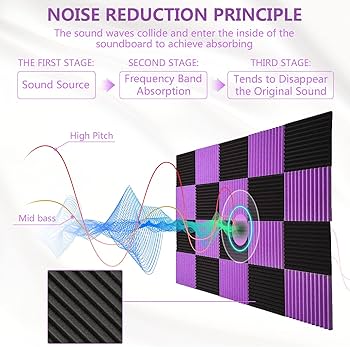
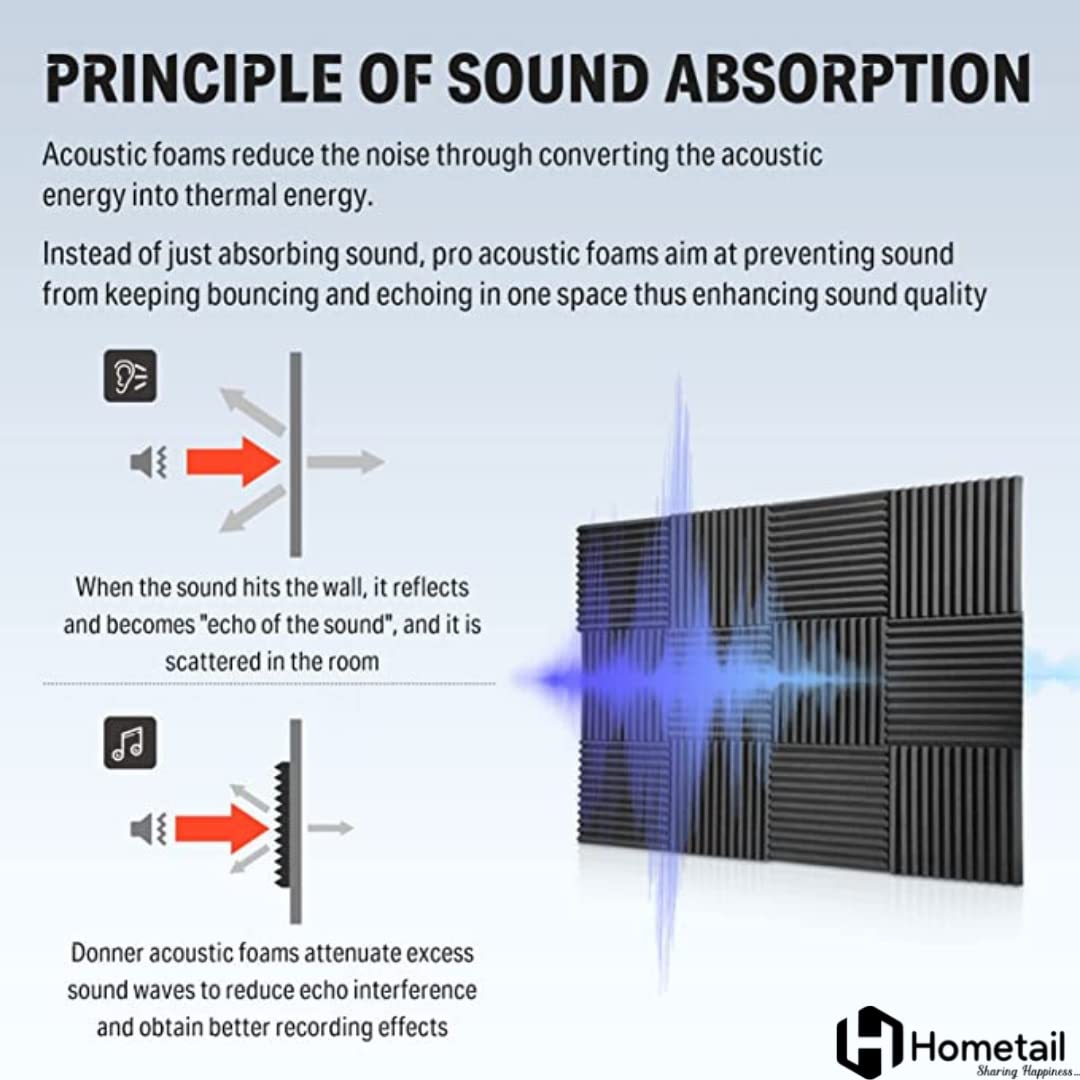
Harnessing the Power of Sound Absorption
Acoustic Foam Panels offer exceptional noise reduction capabilities. As illustrated in the diagram, these panels employ a three-stage process to effectively absorb sound waves:
- Sound Source: Sound waves, ranging from high-pitch to mid-bass frequencies, are emitted from a source.
- Frequency Band Absorption: The sound waves collide with the foam panel’s pyramid-shaped surface, penetrating into the panel’s interior. The panel’s unique structure is designed to absorb and dissipate sound energy, particularly for high-pitch and mid-bass frequencies.
- Sound Wave Attenuation: As the sound waves are absorbed, their energy is converted into heat, leading to a significant reduction in the original sound’s intensity. This results in a noticeable decrease in noise levels and improved sound clarity.
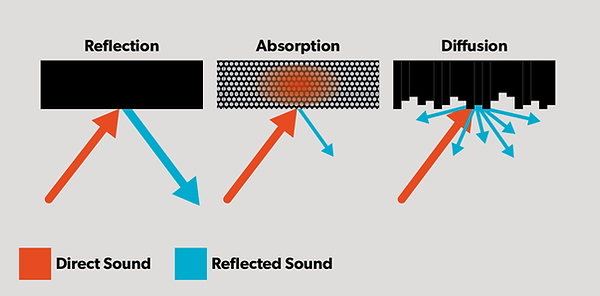
Understanding Sound Treatment: Reflection, Absorption, and Diffusion
The Science Behind Sound Control
When sound waves encounter a surface, they can be reflected, absorbed, or diffused. Understanding these three concepts is essential in effective sound treatment.
- Reflection: When sound waves encounter a hard, smooth surface, they bounce back. This can lead to echoes and reverberation, which can be detrimental to sound quality.
- Absorption: When sound waves encounter a porous material, such as acoustic foam, they are absorbed and converted into heat. This helps to reduce unwanted noise and improve sound clarity.
- Diffusion: When sound waves encounter a surface with irregular patterns, they are scattered in various directions. This helps to break up sound waves and prevent echoes.
The Role of Acoustic Treatment
Acoustic treatment involves strategically combining reflection, absorption, and diffusion to create optimal sound environments. By carefully selecting and placing acoustic materials, you can:
- Reduce echoes and reverberation: Enhance sound clarity and intelligibility.
- Improve sound quality: Create a more balanced and immersive listening experience.
- Control noise levels: Minimize unwanted noise and distractions.